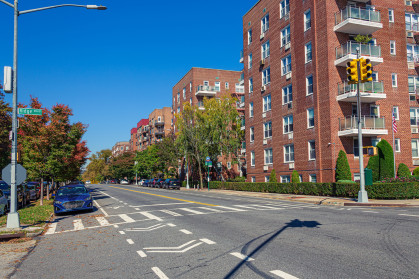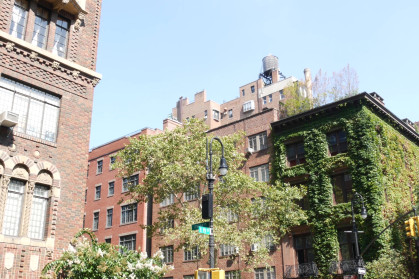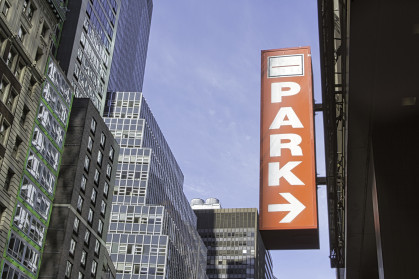
How do I get elected to my co-op or condo board?
If possible and there are enough board seats open, run as part of a group. This maximizes the chance of having a majority of board votes once you’re elected and being able to get things done.
Speak with neighbors and find those who have the same wishes for the building’s future. If your building needs a new elevator, for example, reach out to neighbors on the top floors who likely feel the same way. See if any would be willing to run for the board so that the elevator can finally be replaced.
Everyone does not need to want the same thing for the same reason. If installing a roof garden on the unused tar roof is a priority, find a few people with the same end goal to increase the probability of success. Their reasons for wanting a roof terrace can be completely different. One person might like to read books and would prefer to do that in nature, on a landscaped terrace. Another person might share that they have heard that having a community roof terrace increases the building’s property values. Another person might love to garden and would like nothing more than to head the garden committee, pick weeds, and grow herbs. That would make a perfect group of three. The reason is not essential; the wish and goal are.
Below, a few steps to keep in mind.
1. Consider the skills and qualities for great board members
Are they organized, responsive, responsible, passionate about their building? Are they able to make tough decisions on behalf of their neighbors? If the volunteer group wins, will it have a good mix of characteristics for an effective board?
2. Review the bylaws that specify the maximum and minimum number of board members
Most NYC co-op and condo boards have 5 to 15 board members (smaller buildings often have fewer board members and HDFCs and Mitchel Lama complexes often have the most.) The bylaws also lay out the nomination process, how many votes each apartment has, when annual meetings are held, how to call and how many votes are needed for a special meeting.
3. Create a list of the apartments in the building
Include the names and email addresses of the residents in each, number of votes for each apartment, and add a column to track those who agree to vote for the nominees (or sign a proxy for those who run.) For subletters, finding the contact information for the owner is equally important as the owner are the ones that hold the vote.
4. Articulate a clear campaign platform
Be simple, succinct and positive. Steer clear of smear campaigns.
5. Collect proxies where possible
Ask neighbors who support your candidacy but are unsure if they will attend the meeting whether they will submit a signed proxy instead.
6. Prepare your speech
Introduce yourself by name, apartment number, what you do for a living, and any special qualifications you have. Identify a few of the major issues and explain how your experience will help you in addressing them.
Sign Up for our Boards & Buildings Newsletter (Coming Soon!)
Thank you for your interest in our newsletter. You have been successfully added to our mailing list and will receive it when it becomes available.
























